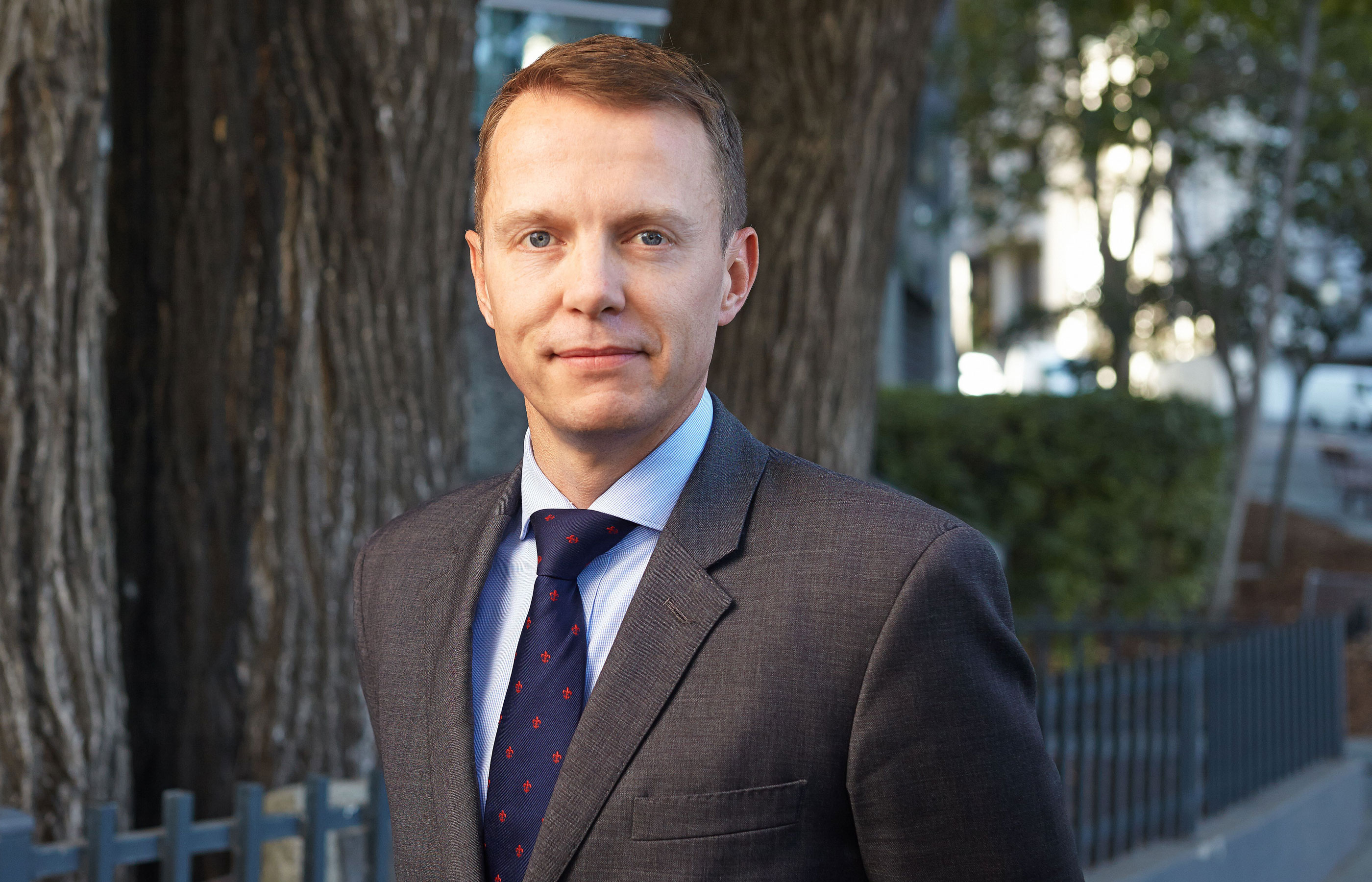The Supreme Court in this matter of Robinson v ACMC & Others[1] has cast some doubt on the process that has been adopted and used by the Aboriginal Cultural Materials Committee (ACMC) in relation to the determination of what constitutes an Aboriginal site is under the Aboriginal Heritage Act 1972 (WA) (Act). In particular the Court concluded that the process applied was incorrect and inconsistent the definition of Aboriginal site within the Aboriginal Heritage Act.
Diana and Kerry Robinson who are part of the Marapikurrinya family group and the Kariyarra native title claim group and directors of Marapikurrrinya Pty Ltd (MPL) were the applicants in this matter.
According to Chaney J, the applicants contended that the ACMC had “misconstrued the expression ‘sacred site’ as it is used in the Act and, in doing so, took into account irrelevant considerations, failed to have regard to relevant considerations, failed to exercise and independent discretion, denied the applicants procedural fairness and acted unreasonably”.[2]
Chaney J held that the guideline which the ACMC followed to determine the meaning of an Aboriginal site to be interpreted more narrowly than “place” was incorrect and therefore the ACMC had misapplied the proper test.
As a result Chaney J held that “the decision of the ACMC of 18 December 2013 should be set aside, and the matter be referred back to the ACMC to reconsider its recommendations to the Minister in light of these reasons.”[3]
ACMC misapplication of test
The Marapikurrinya Yintha was entered into the Register of Aboriginal Sites on 6 August 2008, after the ACMC considered a section 18 notice and formed an opinion that the Marapikurrinya Yintha was an Aboriginal site under the Act.[4]
On 18 December 2013, this decision was reversed by the ACMC based on a report by the Department of Aboriginal Affairs.
The report found that the Marapikurrinya Yintha no longer fell within the definition of section 5 of the Act because the ACMC guidelines indicated that a site is sacred if it is devoted to a religious use rather than subject to a mythological story, song or belief.
Chaney J disagreed with this approach and held that “if an area of land or water is associated with some religious or spiritual belief, that area is capable of being described as a sacred site”.[5]
Interpretation of “site”
Section 4 of the Act defines the expression “Aboriginal Site” to mean any place which the Act applies, by the operation of section 5 of the Act.
The definition of an “Aboriginal Site” is relevant, because section 17 of the Act makes it an offence if a person “excavates, destroys, damages, conceals or in any way alters any Aboriginal site; or in any way alters, damages, removes, destroys, conceals, or who deals with in a manner not sanctioned by relevant custom, or assumes the possession, custody or control of, any object on or under an Aboriginal site.”
Section 18 of the Act provides that the owner of the land can obtain consent from the Minister to use land for a purpose which would otherwise be a breach of section 13.
The meaning of “Aboriginal Site” as described in section 5(b) of the Act was discussed in this case and in particular whether there is a distinction to be drawn between “site” and “place” as used in section 5(a), 5(c) and 5(d) or whether one definition is narrower than the other.
Chaney J held that “there is no reason to read the expression “site’” as being somehow narrower than “place”.[6] Chaney J went on to say that “of an area of land or water is associated with some religious or spiritual belief, that area is capable of being described as a ‘sacred site’ for the purposes of section 5(b).[7]
Although it was argued that the 1980 amendments to the Act were designed to confine the places to which the Act would apply. Chaney J held that “the amendments in the Act in 1980 do not support the contention that the expression “sacred site” was to be narrowly construed. The thrust of amendments was to introduce or strengthen the considerations of importance of significance of particular places as a criterion for qualification as an Aboriginal site”.[8]
Chaney J went on further to state that the guidelines “are inconsistent with the proper construction of section 5 to the extent that they assert the meaning of “site” as narrower than “place”.[9] Chaney J also stated paragraph 98 that for a place to be a sacred site it does not need to be devoted to a religious use rather than be subject to mythological story, song or belief.[10] Therefore to argue that the Marapikurrinya Yintha was not a sacred site because there was no evidence of specific rituals, ceremonial or cultural activities associated solely with the site is according to Chaney J “acted upon misconstruction of section 5 of the Act”.[11]
Standing
This case was also important as it determined whether Dian and Kerry Robinson had standing to bring the application. It was held at paragraph 61 of the judgment that the applicants did have standing to bring the application because of the interactions between the Marapikurrinya people (including the applicants) with the site, the applicants’ role as spokespeople of the Marapikurrinya people and as directors of the MPL and because their interests would have been distinctively and adversely affected by the decision which they sought judicial review.[12]
Implications
The decision in this matter has some considerable implications for the consideration and assessment of approvals under the Act.
Standing
The decision in this matter has clarified the requirements for standing with regard to matters concerning the Act.
The general rules is that unless a private right has been interfered with, a person will only have standing to commence proceedings if they have a special interest in the subject matter of the proceedings. A special interest is an interest beyond that of the general public and beyond a mere intellectual or emotional concern.
It was held in this matter that the applicants had a special interest in the subject matter (the site) which is over and above that of every member of the general public as a consequence of being connected to the language group (Marapikurrinya) and all the roles and responsibilities that come with being connected to that group and also because of the fact that they are directors of MPL.
This has the effect of highlighting the importance of physical and spiritual interactions with the place in establishing standing to bring proceedings.
ACMC decision making/meaning of Aboriginal site
The definition of ‘site’ has also been broadened and has been determined to be no narrower than “place”.
This matter effectively clarifies how the ACMC should be making its decisions with respect to recognising the existence of an Aboriginal site.
If you have any questions about how the Aboriginal Heritage Act affects your land or what implications this decision has on approvals granted under the Aboriginal Heritage Act, please contact partner Craig Wallace on 9288 6828.
[1] Robinson v ACMC & Others [2015] WASC 108
[2] Robinson v ACMC & Others 2015] WASC 108, Paragraph 4
[3] Robinson v ACMC & Others [2015] WASC 108, Paragraph 148
[4] Robinson v ACMC & Others [2015] WASC 108, Paragraph 15
[5] Robinson v ACMC & Others [2015] WASC 108, Paragraph 8
[6] Robinson v ACMC & Others [2015] WASC 108, Paragraph 8
[7] Robinson v ACMC & Others [2015] WASC 108, Paragraph 61
[8] Robinson v ACMC & Others [2015] WASC 108, Paragraph 96
[9] Robinson v ACMC & Others [2015] WASC 108, Paragraph 97
[10] Robinson v ACMC & Others [2015] WASC 108, Paragraph 98
[11] Robinson v ACMC & Others [2015] WASC 108, Paragraph 99
[12] Robinson v ACMC & Others [2015] WASC 108, Paragraph 41

